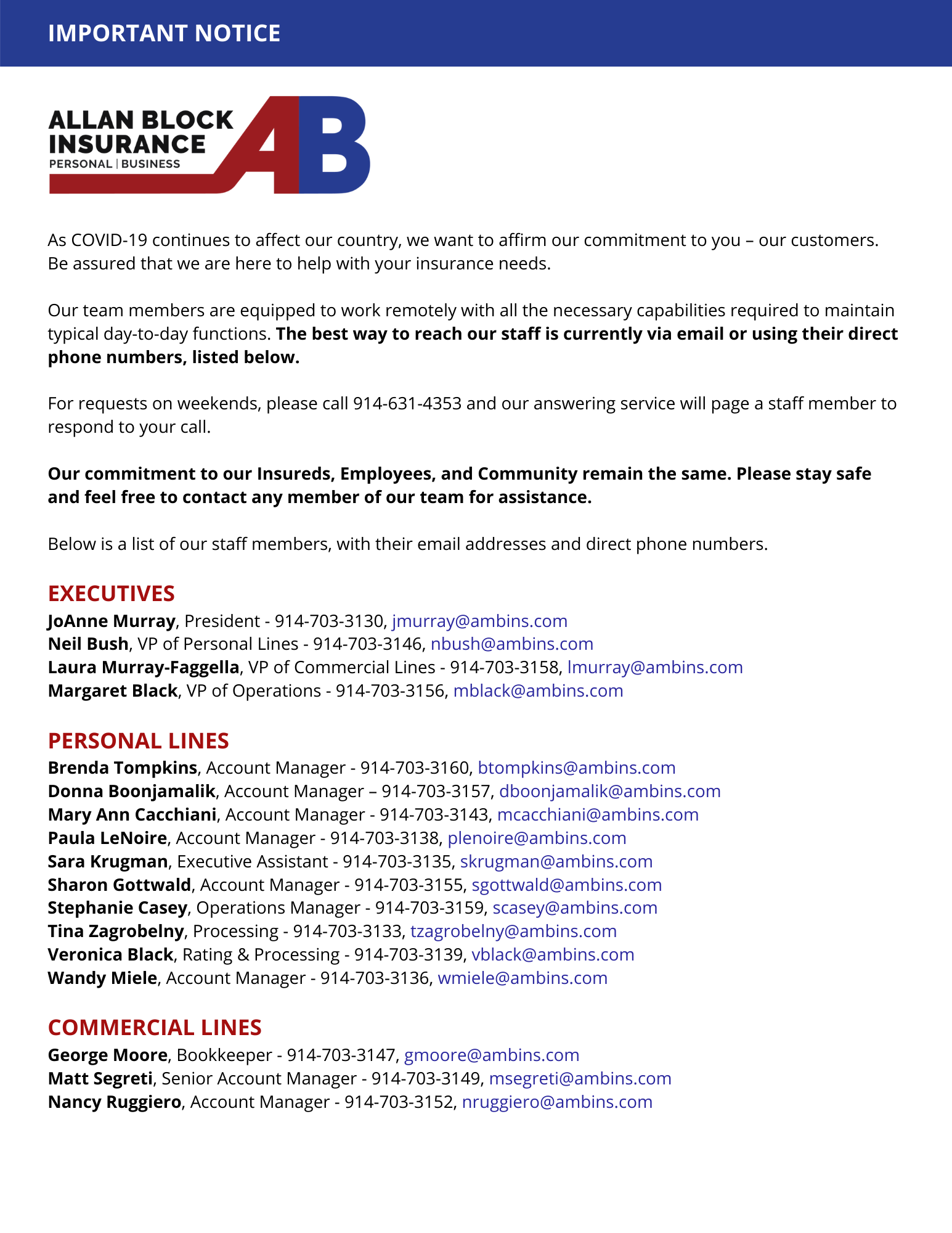It’s been said for longer than we can all remember that “April showers bring May flowers”, and with Spring right around the corner, it’s the perfect time to discuss one of your coverages that I certainly hope you have – and I hope you never need. Let’s talk about Water and Sewer Backup.
Both homeowners and commercial property forms have provisions that commonly exclude damaged caused by water in many of its varieties, but almost every carrier will allow you to partially reduce your exposure by adding Water Backup coverage. However, it’s been my experience that while all of these carriers agree that customers should have the option to add this coverage, that appears to be where the agreement ends. The possibilities are almost endless.
What does your carrier call this coverage? Water Backup? Water & Sewer Backup? Sewage Backup? Water & Sewage Backup? Sump Pump Failure? Sump Overflow? Water Backup and Sump… you get the idea. Some carriers even offer separate coverage for both Water Backup and Sump Failure. To make things easier, for now I’ll just use Water Backup – it seems to be the most common one I’ve seen anyway. More important still, than the cover of this “book” is the content of its pages: how does your carrier define “water backup”? That definition dictates when and how (and if) your coverage applies at the time of a loss.
Your carrier might cover a loss caused by the local municipal sewers becoming inundated and city sewage backing up into your home through your toilet, sink, and shower. They might cover your ruined belongings if your sump pump fails at the worst possible time and your basement floods. They might even cover your business’ belongings when your home office is submerged by a water backup, if, of course, they knew the office was there…
OR, they might state that there isn’t any coverage because they only cover backups that occur as a result of water originating from Inside your home and backing up. For example, when your toddler decides that toilets are “magical” and tries to flush an orange (to watch it disappear, of course) – that then becomes lodged in the waste line and causes a basement-apartment backup of biblical proportions. This happened to a good friend a long time ago, and while we can laugh about it now, at the time they were scrambling through their policy, trying to find some coverage. In their case, the story had a happy ending, but wouldn’t it have been nice to know beforehand?
Some carriers maintain the backup has to consist of sewage and waste water in order for coverage to apply. “How do you know the difference?” You don’t want to know! All kidding aside it’s easier to tell than you might think. Trust your nose.
While it’s important to know what Water Backup covers on your policy, it’s also even more important to know what this coverage is NOT, and that’s Flood Insurance. Flood used to be defined as “the atypical rising of navigable water”, at least that’s how I was taught fifteen years ago. (Again, always check your carrier’s definitions! I can’t stress this enough.) After a recent revision, the National Flood Insurance Program defines it as “a general and temporary condition of partial or complete inundation of two or more acres of normally dry land area or of two or more properties (at least one of which is your property).”
The vast majority of carriers will not cover ground water leaking or seeping into your home from below grade. I think we can all agree this isn’t a water backup. “What about that earlier example where the city sewer failed?” It’s a long shot, but read your policy, it might be in there.
But what do I do to protect myself from water-related losses from external water? Get a Flood Insurance quote from us! Honestly, this time of year, if you don’t already have Flood Insurance, you should be looking into it. A new policy typically has a 30-day waiting period, and those Spring rains (and melting water trapped within your topsoil/subsoil) are just days away. Summer storms can be formidable, but don’t discount the destructive potential of an Early Spring downpour that ponds up and/or finds its way into your foundation as a result of frozen ground.
After checking your sump pump for the season to ensure it works and is clear of debris, make sure it has a battery backup. Severe storms can cause power outages rendering your sump pump useless. Next, give your Account Manager a call and review your policy to make sure you have the proper coverage.



